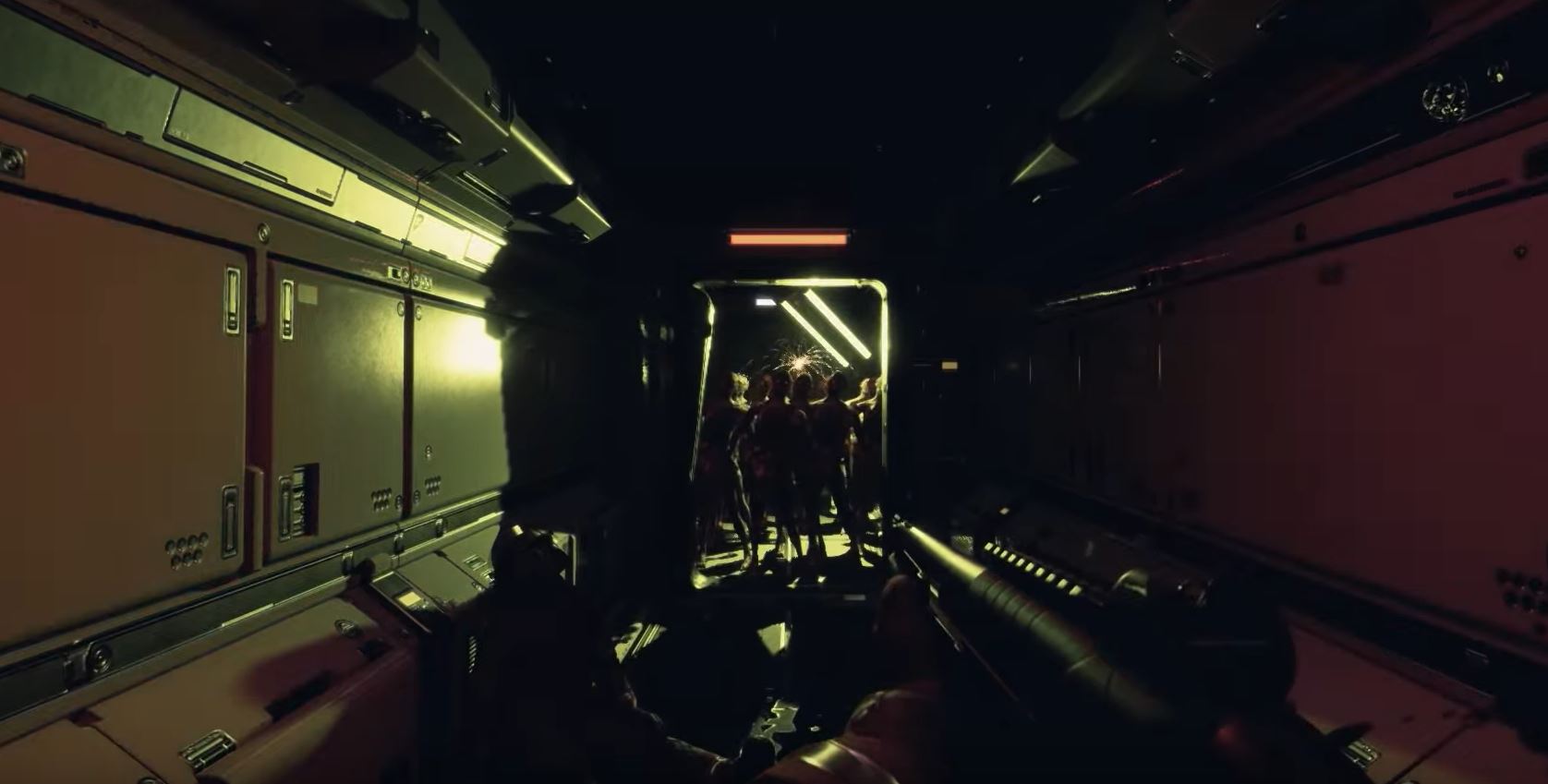

This allows us to begin by considering a very straightforward example: speaking on the phone. The basic ideas behind error correction are the same for quantum information as for classical information. Specifically, we will use the topological_codes module of Qiskit-Ignis, which provides tools to create the quantum circuits required for simple quantum error correcting codes, as well as process the results.

#Quantum error release date how to#
In this paper we will provide a simple introduction to the code, and show how to run instances of it on current prototype devices using the open-source Qiskit framework.

This makes it an excellent general-purpose benchmark. Its requirements in terms of qubit number and connectivity are very flexible, allowing it to be straightforwardly implemented on almost any device. Though not a true example of quantum error correction-it uses physical qubits to encode a logical bit, rather than a qubit-it serves as a simple guide to all the basic concepts in any quantum error correcting code. This is the simplest example of error detection and correction that can be done using the standard techniques of quantum stabilizer codes. These include several experiments based on repetition codes. Various experiments testing the ideas behind quantum error correction have already been performed. As such, as we benchmark our progress towards fault-tolerant quantum computation, we must keep track of how well our devices perform error correction. The logical operations required for quantum computation are essentially just small perturbations to the error correction procedure. Auxiliary degrees of freedom are then constantly measured, to detect signs of errors and allow their effects to be removed.īecause of the vast amount effort required for this process, most operations performed in fault-tolerant quantum computers will be done to serve the purpose of error detection and correction. The encoding is maintained by constantly putting the physical qubits through a highly entangling circuit. This will be done through the process of quantum error correction, in which logical qubits are encoded in a large numbers of physical qubits. For the future era of fault-tolerance, however, we must find ways to build logical qubits from physical qubits. In the current era of quantum computing, we seek to use physical qubits despite their imperfections, by designing custom algorithms and using error mitigation. Instead, we refer to them as physical qubits. These qubits will always be much too imprecise to serve directly as logical qubits. However, the imperfections can never be removed entirely.

The last few decades have also seen great advances in finding physical systems that behave as qubits with ever greater fidelity. Qubits that obey these assumptions are often known as logical qubits. Most quantum algorithms developed over the past few decades have assumed that these qubits are perfect: they can be prepared in any state we desire, and be manipulated with complete precision.
#Quantum error release date software#
Quantum software is based on the idea of encoding information in qubits. In this paper we introduce this new module, and describe its implementation and the methodology behind it. The topological_codes module of Qiskit Ignis is one means by which this can be done. Though this is also the goal of quantum software, there will instead be a heavy focus on benchmarking, testing and validation of quantum devices in the near-term. The most prominent forms of software for classical computers are dedicated to applications, in which the device performs a useful task for the end user.


 0 kommentar(er)
0 kommentar(er)
